To Care for Creation
To Care for Creation
The Emergence of the Religious Environmental Movement
Stephen Ellingson
The University of Chicago Press
Chicago and London
Stephen Ellingson is associate professor of sociology at Hamilton College.
The University of Chicago Press, Chicago 60637
The University of Chicago Press, Ltd., London
2016 by The University of Chicago
All rights reserved. Published 2016.
Printed in the United States of America
25 24 23 22 21 20 19 18 17 16 1 2 3 4 5
ISBN-13: 978-0-226-36724-8 (cloth)
ISBN-13: 978-0-226-36738-5 (paper)
ISBN-13: 978-0-226-36741-5 (e-book)
DOI: 10.7208/chicago/9780226367415.001.0001
Library of Congress Cataloging-in-Publication Data
Names: Ellingson, Stephen, 1962 author.
Title: To care for creation : the emergence of the religious environmental movement / Stephen Ellingson.
Description: Chicago ; London : The University of Chicago Press, 2016. | Includes bibliographical references and index.
Identifiers: LCCN 2015045697 | ISBN 9780226367248 (cloth : alk. paper) | ISBN 9780226367385 (pbk. : alk. paper) | ISBN 9780226367415 (e-book)
Subjects: LCSH: EnvironmentalismReligious aspects. | Ecotheology. | NatureReligious aspects. | Human ecologyReligious aspects.
Classification: LCC BT695.5 .E576 2016 | DDC 201/.77dc23 LC record available at http://lccn.loc.gov/2015045697

This paper meets the requirements of ANSI/NISO Z39.48-1992 (Permanence of Paper).
To Zach
Contents
and gave me the opportunity to present my findings to colleagues across the college on two occasions.
I benefited from the help of numerous individuals as well. Chris Ansell, Chris Henke, Richard Seager, and Rich Wood provided methodological advice or suggestions about religion and the environment at the outset of the project. I would not have been able to write in Photoshop. Robin Vanderwall, my departments administrative assistant, provided invaluable support in countless ways throughout the course of the study. All of these members of the Hamilton College community deserve my thanks. At the Press, Doug Mitchell provided much encouragement, support, and sage counsel about the revisions to the book. His assistant, Kyle Wagner, patiently and efficiently responded to my numerous queries, and the reviewers of the manuscript offered extremely helpful suggestions to improve the book.
Finally, I wish to thank my family for tolerating my many lapses of attention during the months of writing over the past two years. My partner, Jennifer DeWeerth, good-naturedly read the manuscript twice and caught many typos, grammatical mistakes, and poorly constructed sentences. My youngest son, Mesafint, pulled me away from the project and onto the soccer field (or at least to soccer practices) several times a week for the past few years, which has been a welcome diversion. The intrusion of cancer into the life of our family nearly derailed the book altogether. On April 19, 2010, my oldest son, Zach, was diagnosed with leukemia, and I stopped working on the project. For the next three years Zach endured daily chemotherapy, numerous blood transfusions and spinal injections, and the awful physical, emotional, and psychological effects of cancer treatment. Throughout the ordeal he taught me what courage is, how to endure more patiently, how to love more fiercely, and how to be a better human being. He has brought more smiles and tears into my life, and he has inspired me in more ways than he knows. Today, Zach is healthy and in remission and I dedicate this book to him.
A Greener Faith
From 2007 to 2008, I interviewed more than sixty religious environmentalists who were establishing a new social movement. Near the end of the interview period, I had the opportunity to spend the day with Paul Gorman, the founder and executive director of the National Religious Partnership for the Environment (NRPE). Throughout the early 1990s, Gorman organized a series of conversations between religious leaders from different communities, and in 1993, the NRPE was established. The NRPE is a coalition of national Jewish, Evangelical, Catholic, and mainline Protestant religious organizations dedicated to environmental activism. Gorman had a front-row seatreally a drivers seatduring the formation of the religious environmental movement. He was reluctant to use the word movement and instead offered a number of alternative termsawakening, paradigm shift, renewal, reconciliationbecause movement did not seem to capture adequately the radical changes to religion and environmentalism that the NRPE hoped to initiate. Gorman explained that during the early conversations about establishing the NRPE, they decided that their goal would go beyond replicating the old forms and practices of religious activism. We werent trying to create another interfaith organization or a new organization about human rights or peace.... Some of us were very aware of an obligation to set the foundation for this and not be another trendy issue or movement or something that people grab onto as a flavor of the month or a year or a decade. He went on to note that they werent simply trying to create a new reform movement like the Social Gospel movement of the late nineteenth and early twentieth centuries as a way for liberal and justice-oriented religious groups to stay relevant. He claimed that their endeavor was something new altogether. Then he sat up on the couch in his living room, leaned forward and in a voice filled with emotion said:
Were not the environmental movement in prayer. Were trying to bring care for Gods creation to the heart of religious life, or to weave programs to care for Gods creation across the entire path of religious life. And henceforth, to be religious means if you love your neighbor, you care for creation.... Care for creation brings life to faith, it revivifies faith. Wasnt this the idea in the first place? Isnt Gods creation and Gods revelation calling us into the most intimate relationship?... To be one with God, we must be part of Gods creation. Thats the deal; thats the original deal.
At this point of the interview, I had a something of an epiphanyGormans comments alluded to Gods original designs for humankind in the Garden of Eden and the hope of restoring the divine-human relationship that lies at the heart of the Judeo-Christian traditions. This new movement was as much about the renewal of faith as it was about saving the environment. On my interview guide I had jotted down my insight, not the environmental movement in prayer; not the shock troops for an embattled and rudderless green movement at large. Religions were not simply trying to persuade Congress to enact environmentally sound legislation, nor were they eager to join hands with the secular movement to slow global warming. Instead, they were hoping to forge a new wave of environmentalism and in doing so, to renew and deepen religious faith. In one of the documents Gorman forwarded to me after our interview, Gods Climate Embraces Us All, the NRPE stakes out its mission more formally, clearly distinguishes religious environmentalism from the secular movement, and summarizes the organizations goal of revitalizing faith by integrating it with environmental activism:
How can religious life help make climate change a moral issue? Deep religious values are having fresh power for people of faith in that first generation to behold the whole earth, precious and in peril. In Genesis, God designates creation as very good (Gen. 1:31) and commands us to till and to tend the garden (Gen. 2:15). In Psalms we read, The Earth is the Lords and the fullness thereof (Ps. 24:1). We have a paramount obligation to care first for the least of these (Matthew 25:35) and to assure the future well-being of all life on Earth in Gods covenant which I make between you and every living creature for


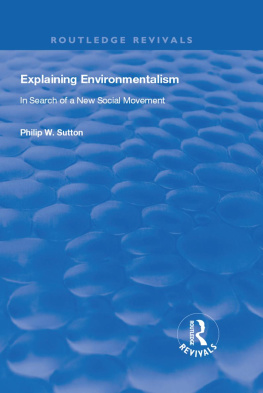
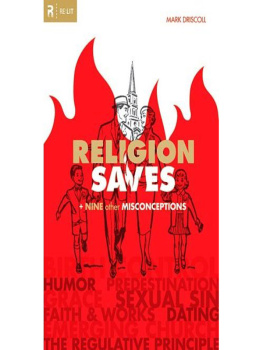
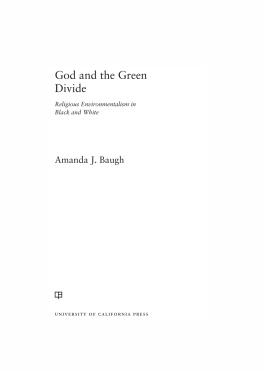

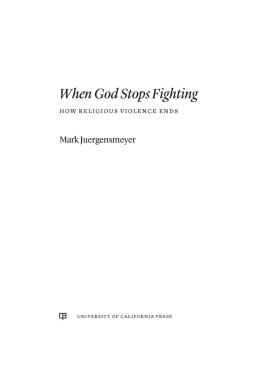
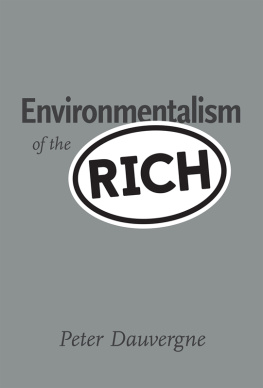
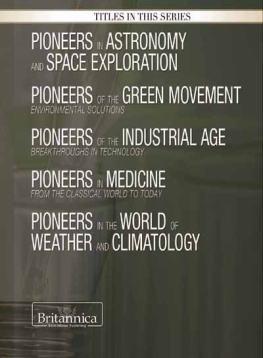

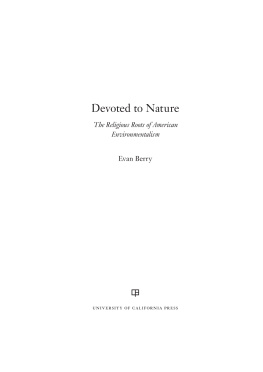


 This paper meets the requirements of ANSI/NISO Z39.48-1992 (Permanence of Paper).
This paper meets the requirements of ANSI/NISO Z39.48-1992 (Permanence of Paper).